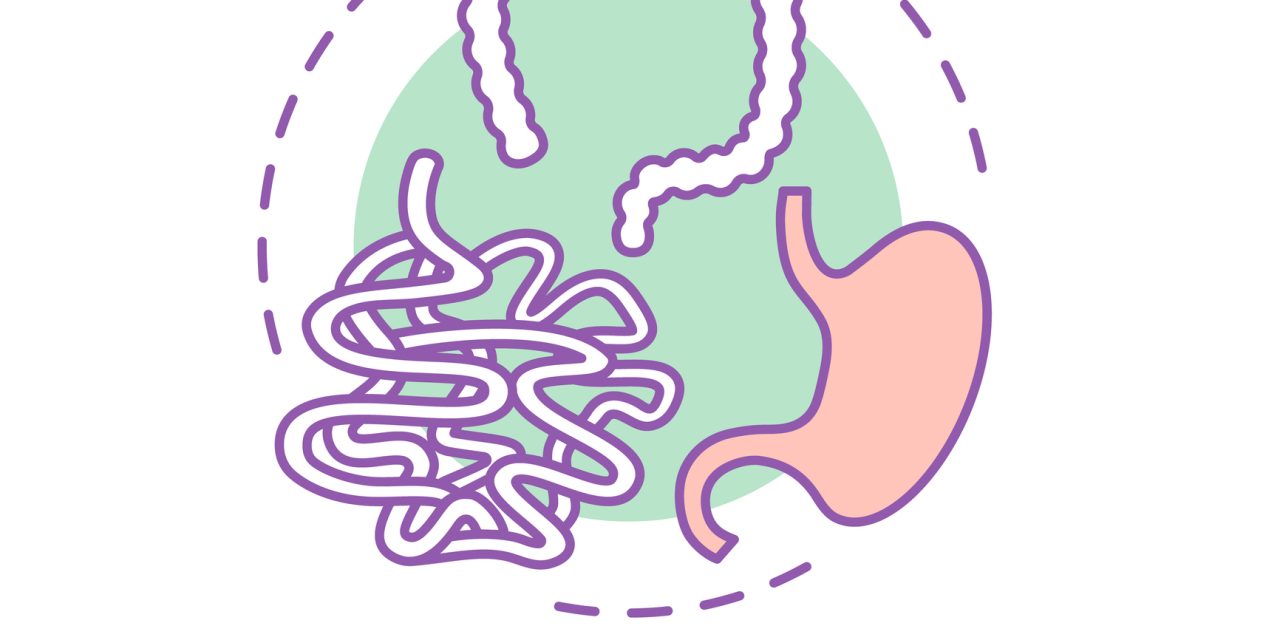The inconclusive severe acute respiratory syndrome coronavirus 2 (SARS-CoV-2) polymerase chain reaction (PCR) result causes confusion and delay for infection prevention precautions and patient management. We aimed to develop a quantitative algorithm to assess and interpret these inconclusive results.
We created a score-based algorithm by combining laboratory, clinical, and epidemiologic data to evaluate 69 cases with inconclusive coronavirus disease 2019 (COVID-19) PCR results from the Centers for Disease Control and Prevention (CDC) assay (18 cases) and the TaqPath assay (51 cases).
We determined 5 (28%) of 18 (CDC assay) and 20 (39%) of 51 (TaqPath assay) cases to be false positive. Lowering the cycle threshold cutoff from 40 to 37 in the TaqPath assay resulted in a dramatic reduction of the false-positive rate to 14%. We also showed testing of asymptomatic individuals is associated with a significantly higher probability of having a false-positive result.
A substantial percentage of inconclusive SARS-CoV-2 PCR results can be false positive, especially among asymptomatic patients. The quantitative algorithm we created was shown to be effective and could provide a useful tool for clinicians and hospital epidemiologists to interpret inconclusive COVID-19 PCR results and provide clinical guidance when additional PCR or antibody test results are available.
© American Society for Clinical Pathology, 2020. All rights reserved. For permissions, please e-mail: journals.permissions@oup.com.
Clinical and Epidemiologic Evaluation of Inconclusive COVID-19 PCR Results Using a Quantitative Algorithm.


